_500.png)
Frozen condensate pipes seem to be a reoccurring issue when temperatures drop. Therefore, we have put together this handy blog to fix and prevent the issue.
What is a condensate pipe?
A condensate pipe is the pipe that safely drains all of the excess water created by the condensing process within your combination boiler. As this waste water is mildly acidic, the pipe does have to be a PVC plumbing pipe. Since 2005, it is a UK requirement that all gas combination boilers use efficient condensing technology.
Spotting a frozen condensate pipe
As condensate pipes are fitted outdoors, they are constantly exposed to cold temperatures during the winter. Cold temperatures can cause the waste water inside of the pipes to freeze and result in a blockage. This blockage should cause your boiler to halt for safety reasons. Your combi boiler will then stop generating hot water or heating. You may also notice an unfamiliar gurgling sound coming from the boiler itself. Some combi boilers then even display an error message.
Fixing a frozen condensate pipe
Firstly, locate the blockage where the frozen waste water is sitting. We now recommend either holding a warm item, such as a hot water bottle or heat pad, over the area until the ice dissolves. On the other hand, you could also pour warm water over the area using a jug. We do not recommend using boiler water, as this could damage the PVC pipes. Finally, you may be required to reset your boiler to get it back in action.
Preventing a frozen condensate pipe
There are a few ways in which you can prevent the pipes from freezing. For example, we highly recommend insulating your outdoor pipes using either foam lagging (foam tube padding) or hair felt lagging. Another well-known tip is to also leave your heating on longer during the winter (e.g. overnight) to keep the pipes warm. As well as this, you could also crank up the thermostat to reduce the amount of condensation produced.

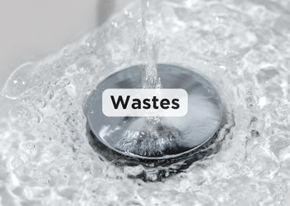

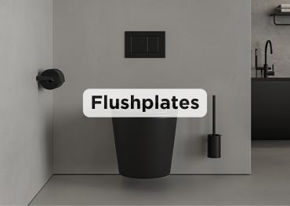
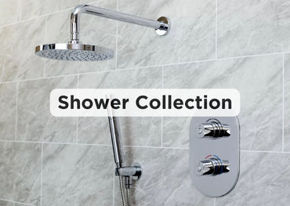
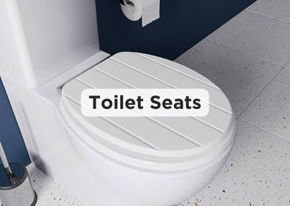
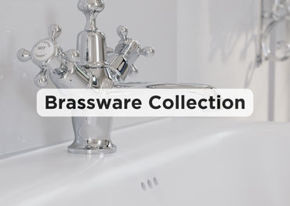
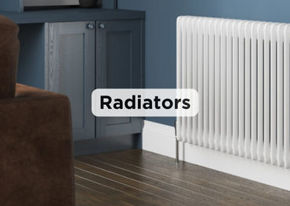
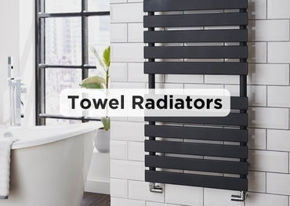
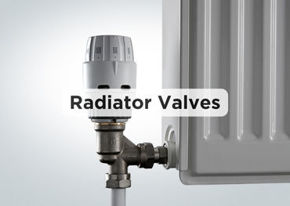

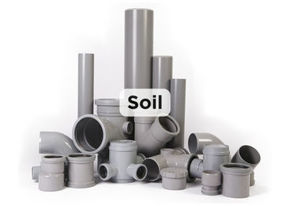
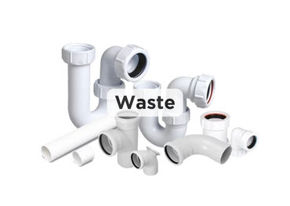
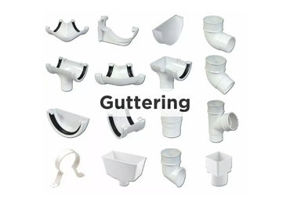

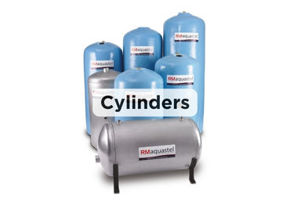
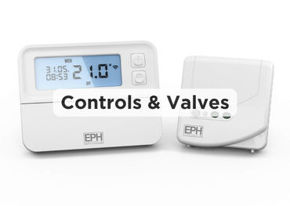
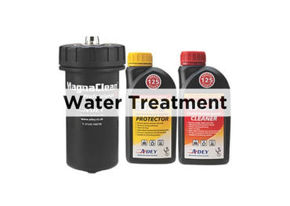
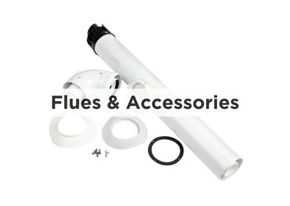
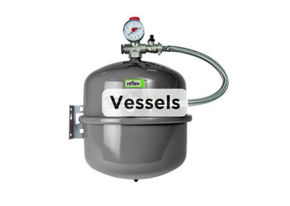
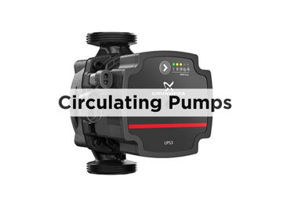
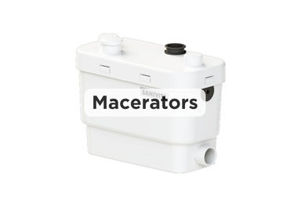
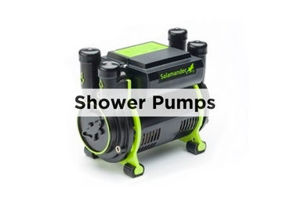
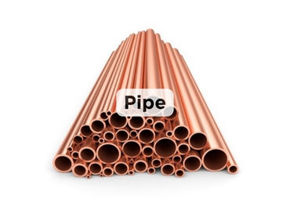


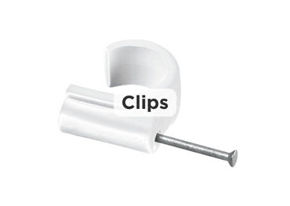

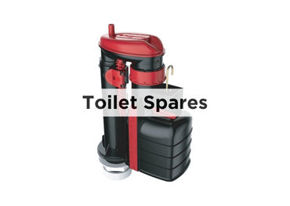
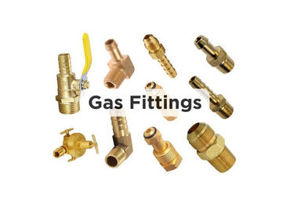

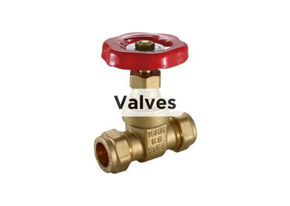
.jpeg)
.jpeg)
.jpeg)
